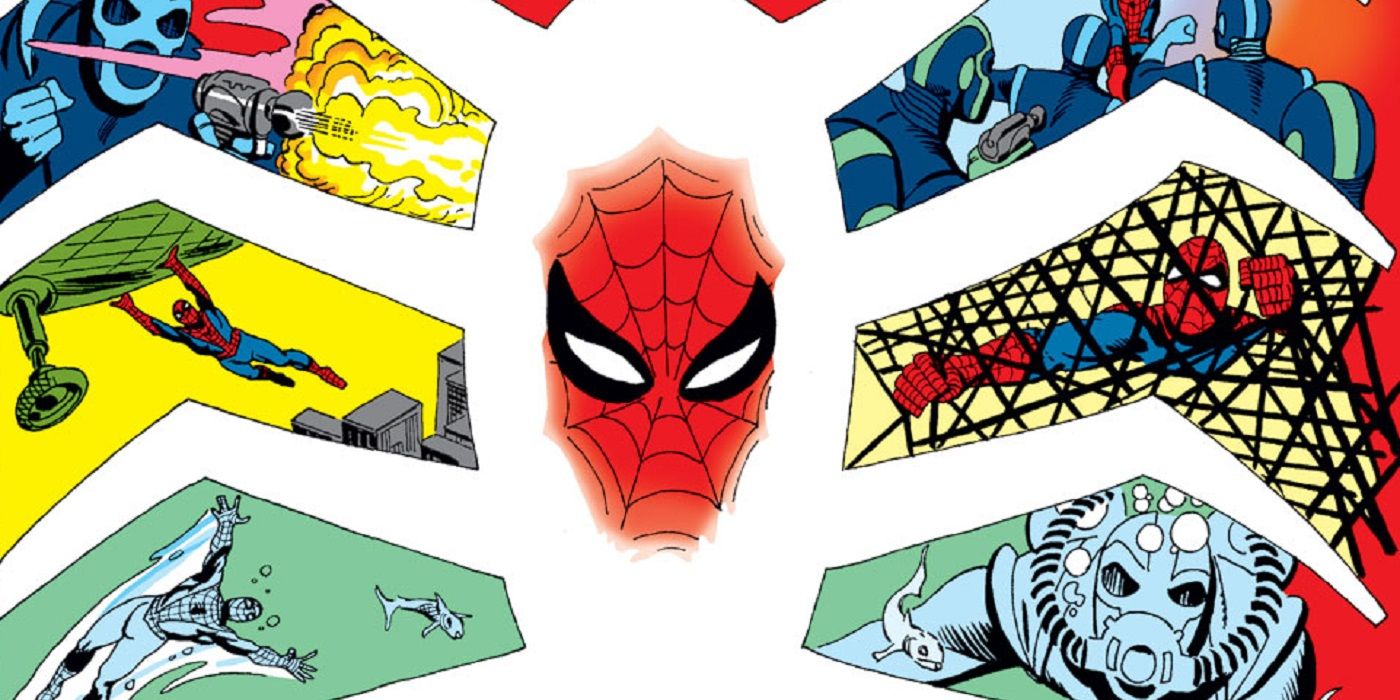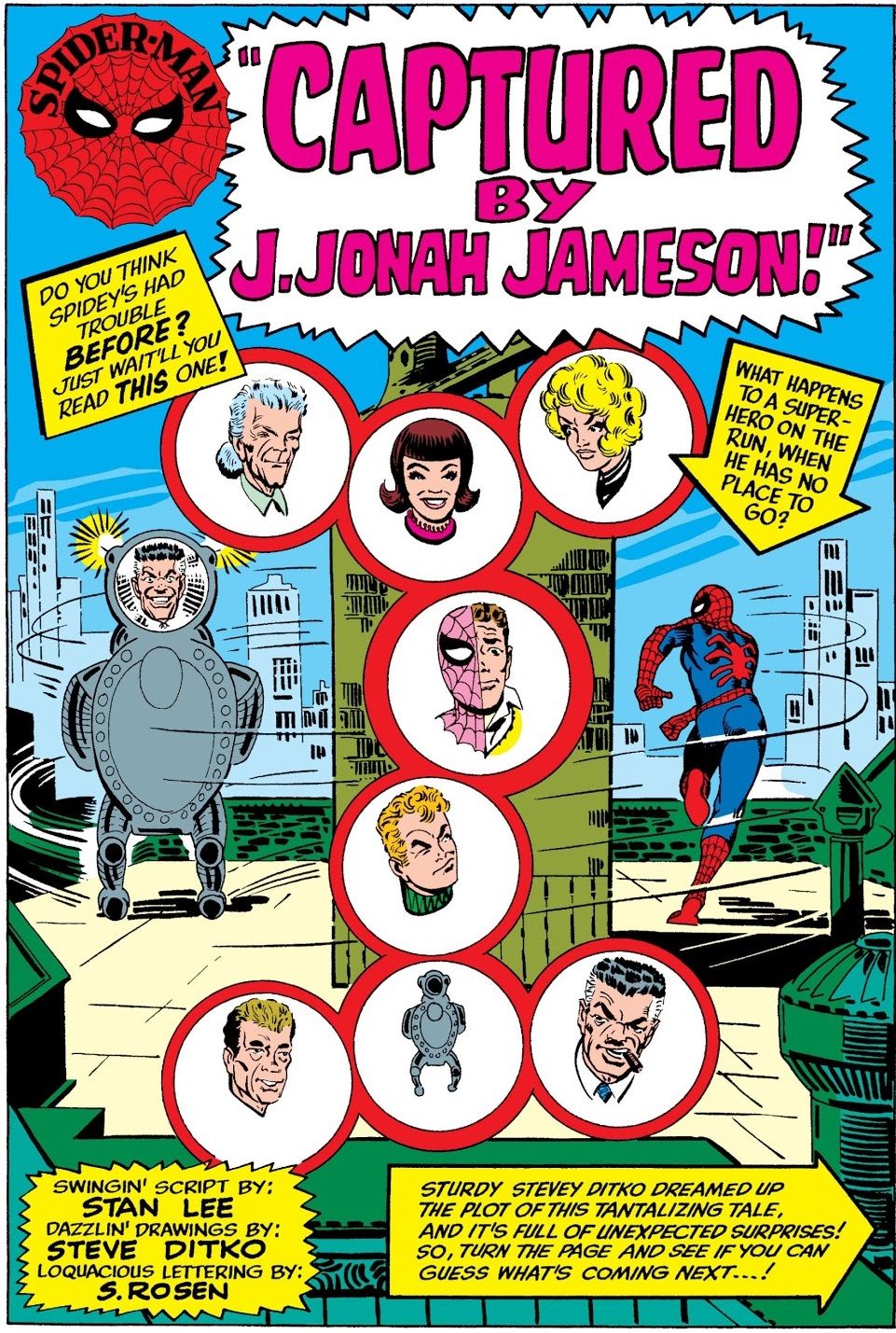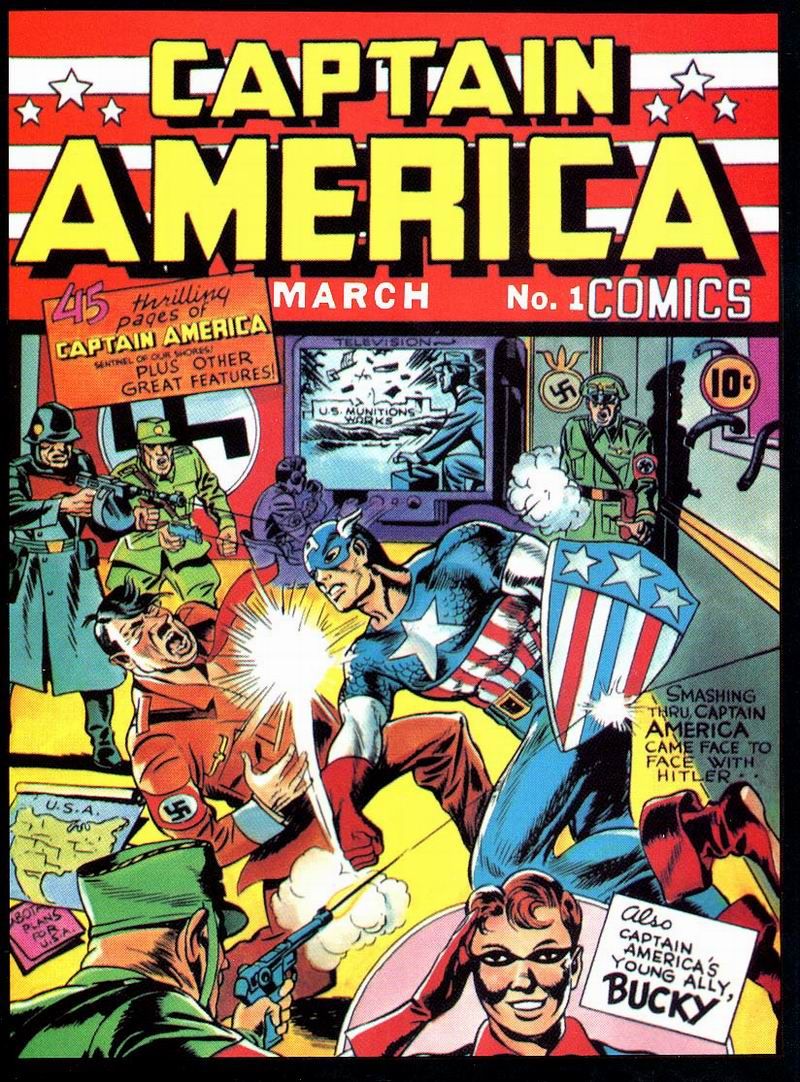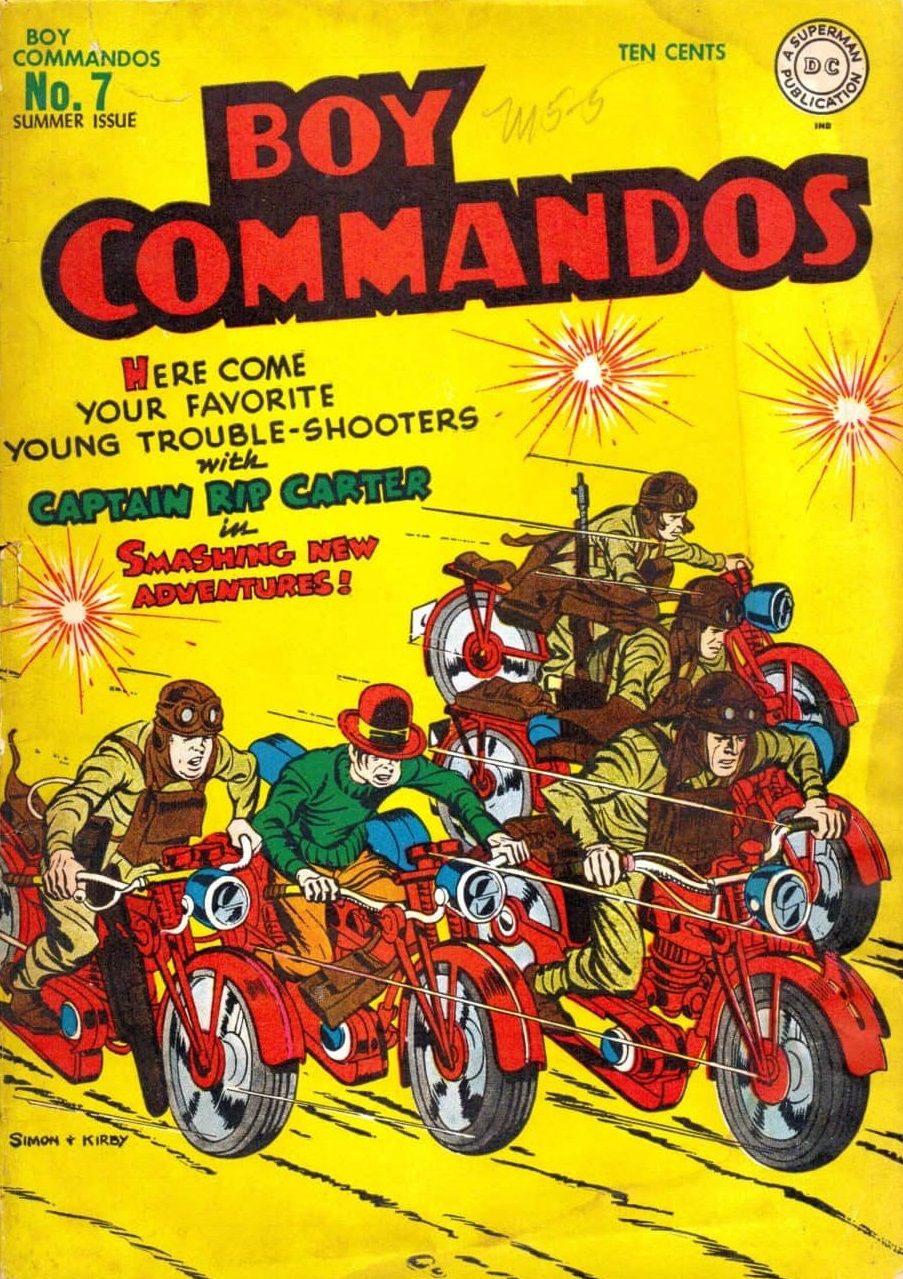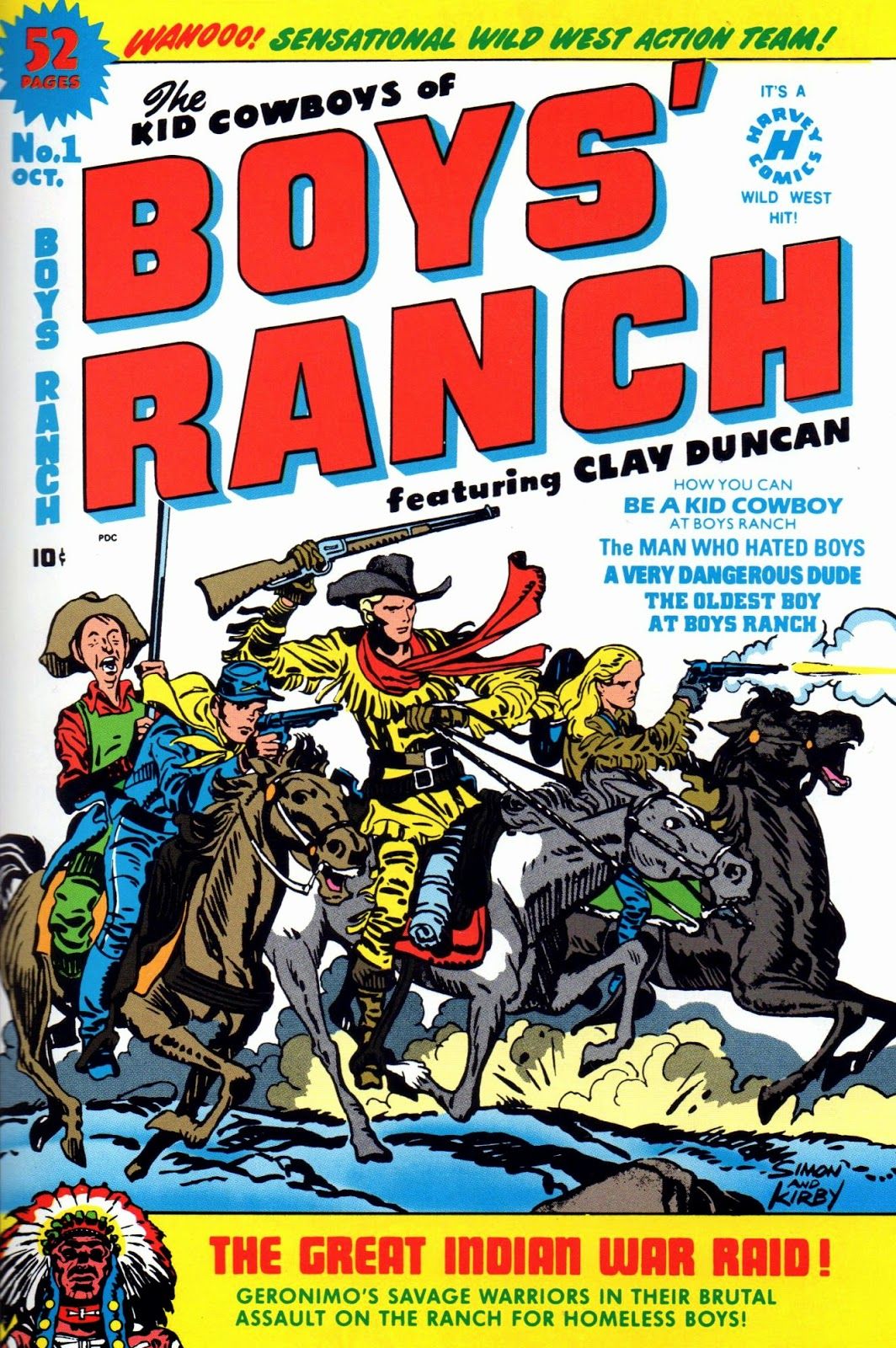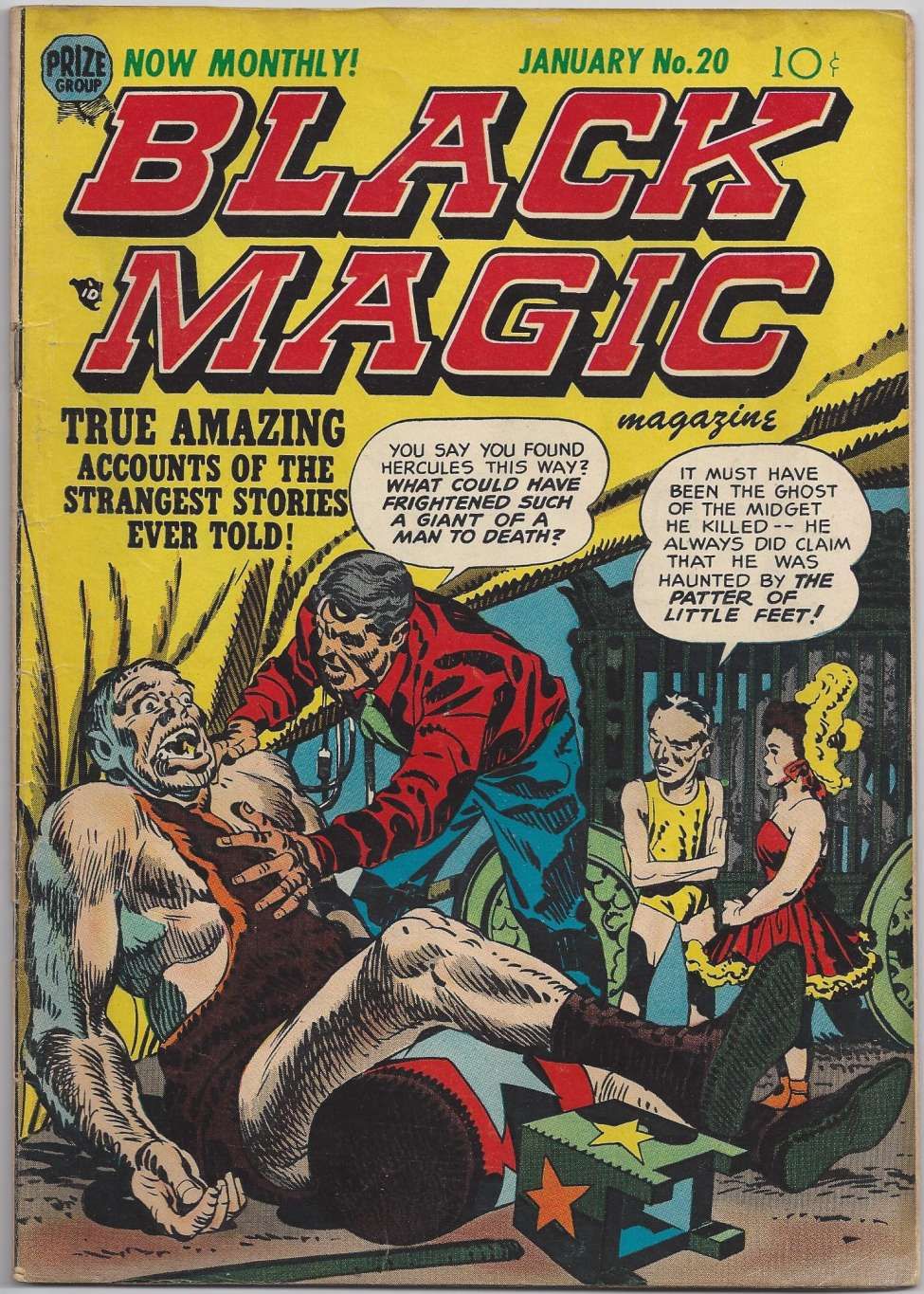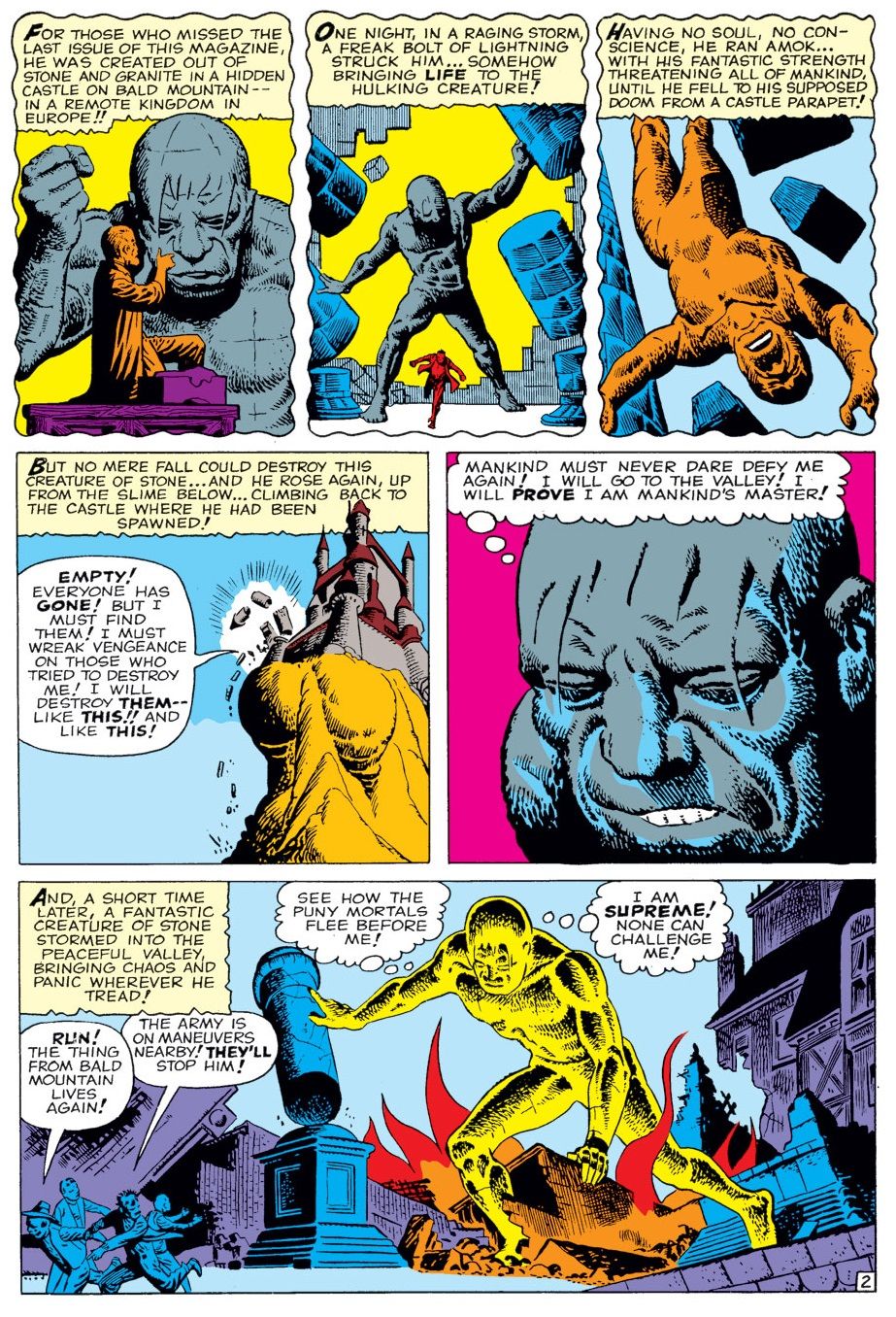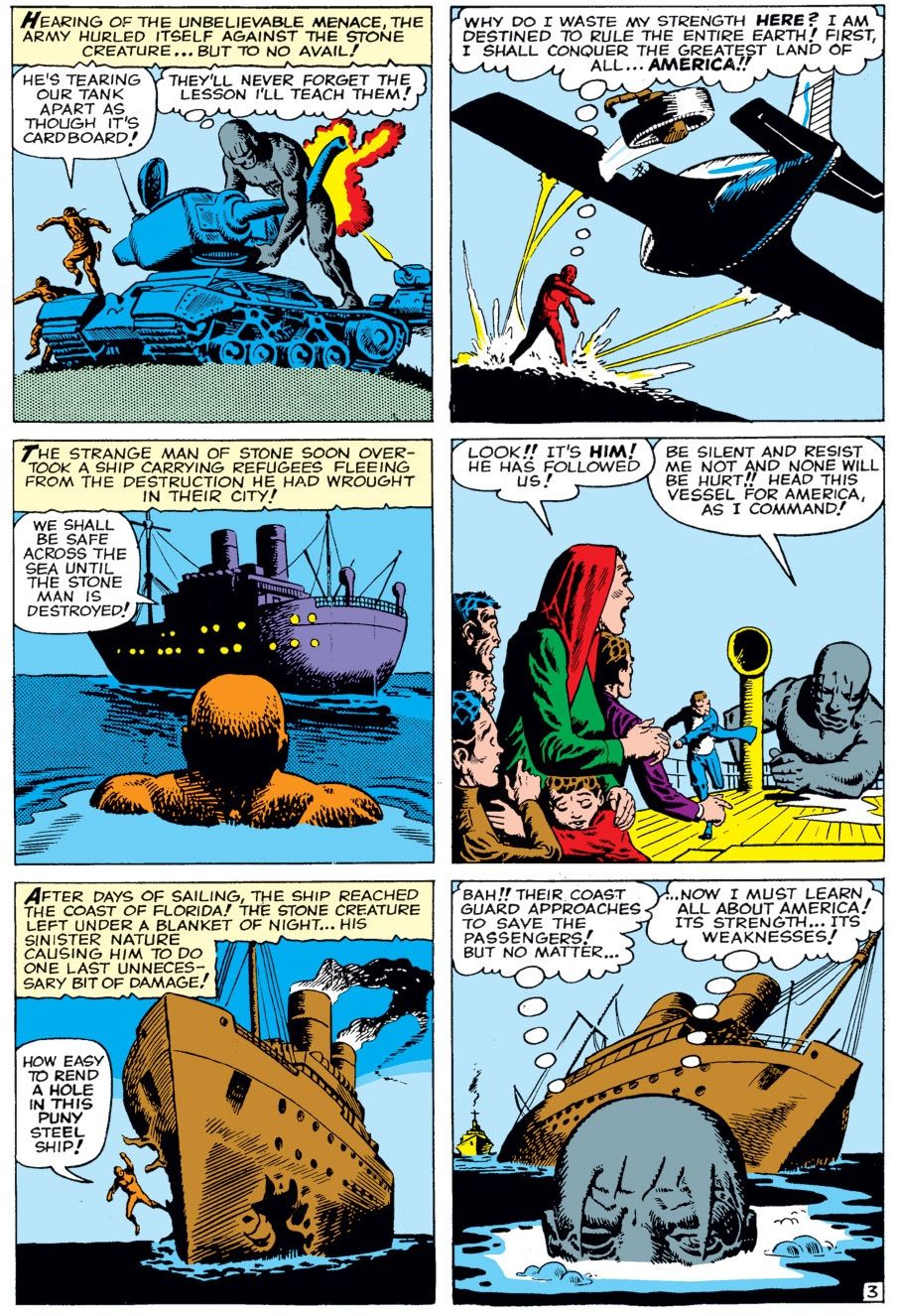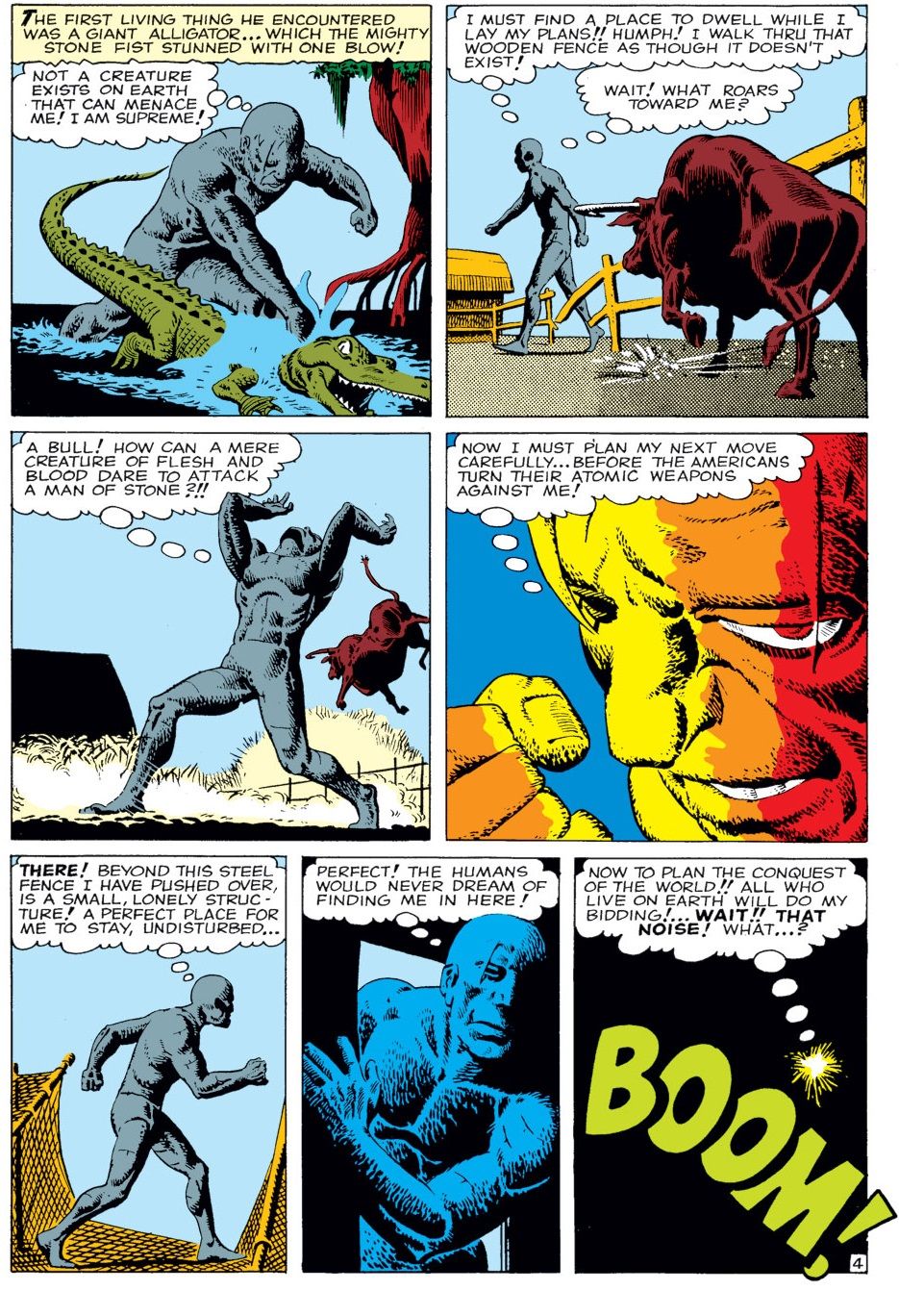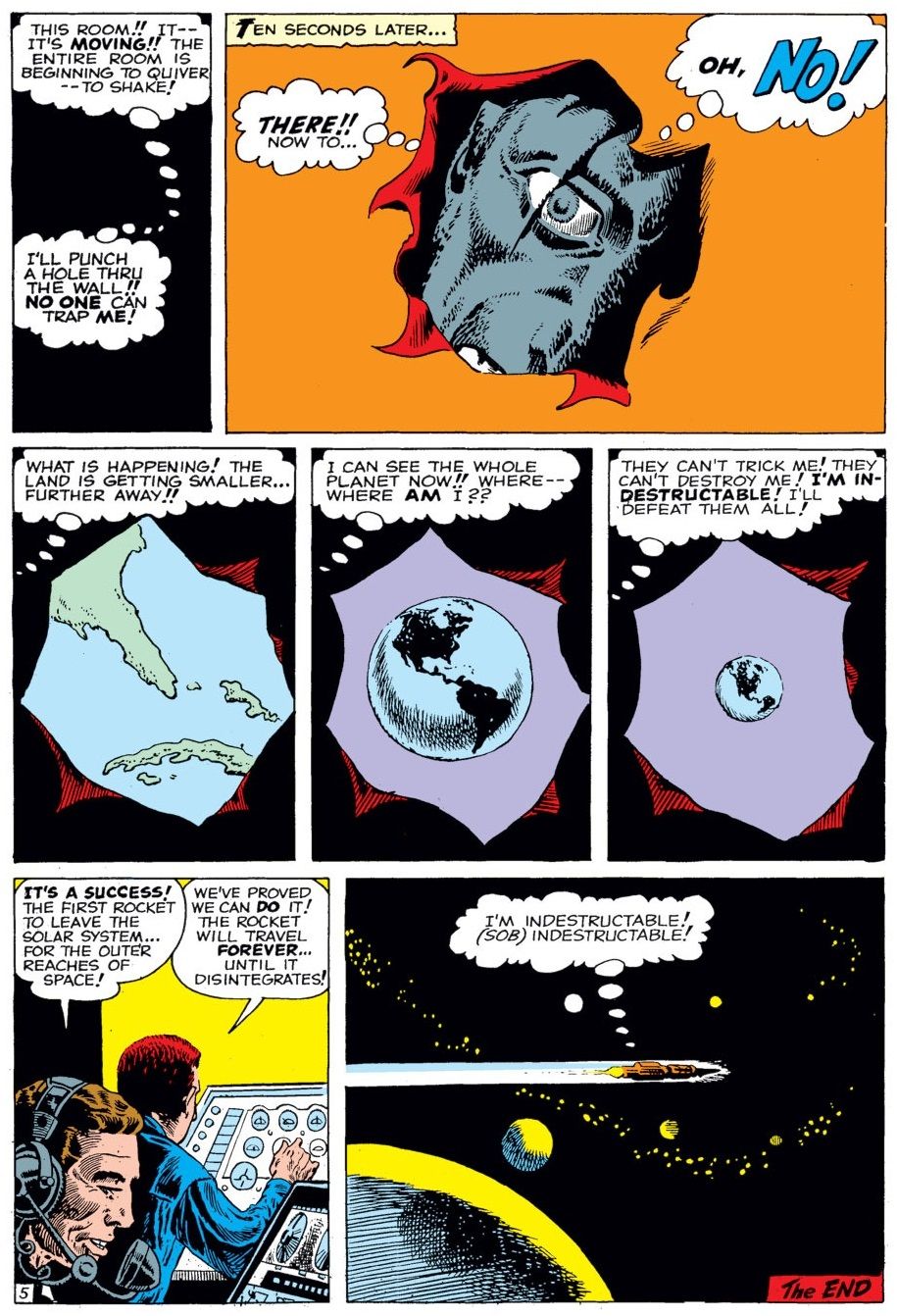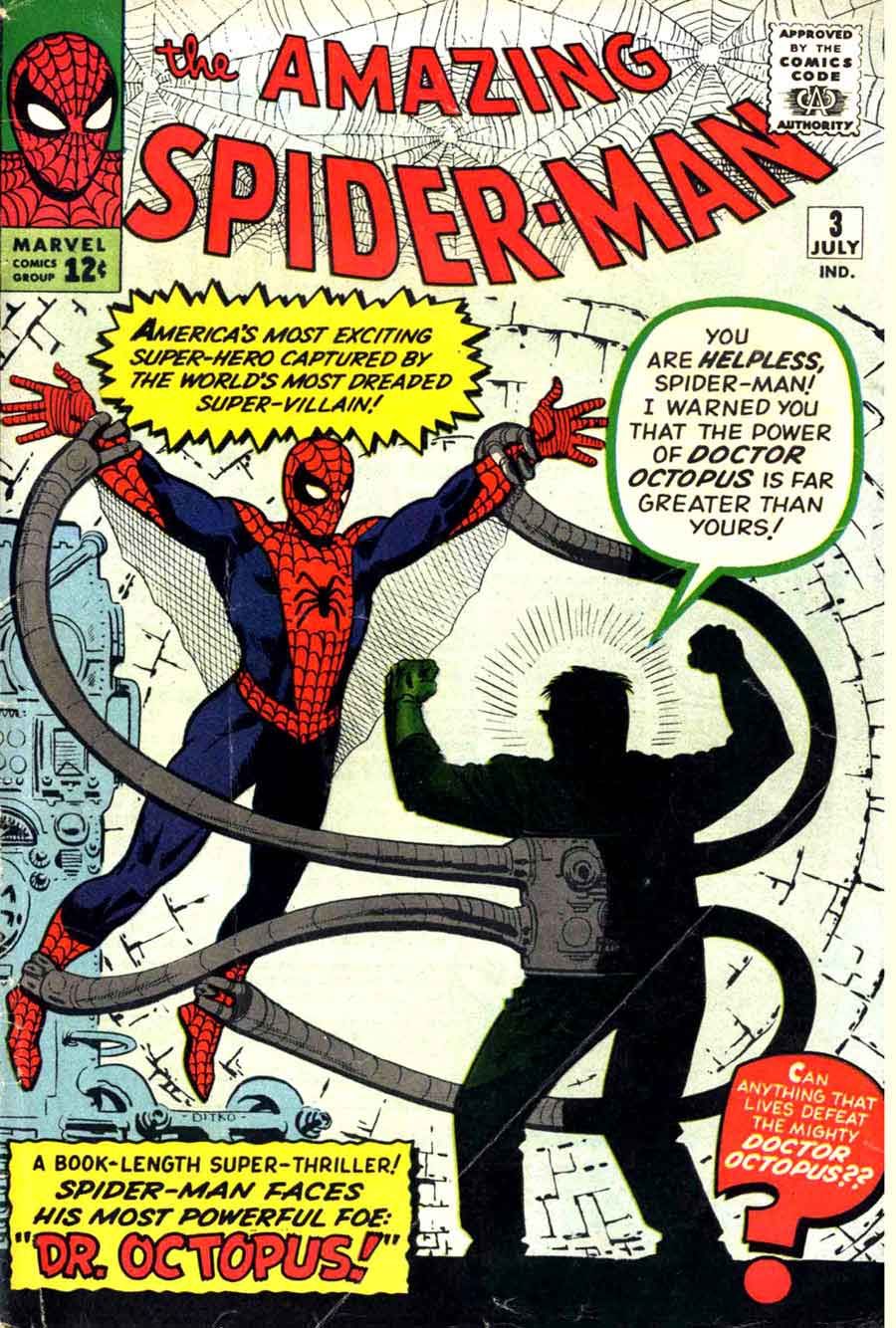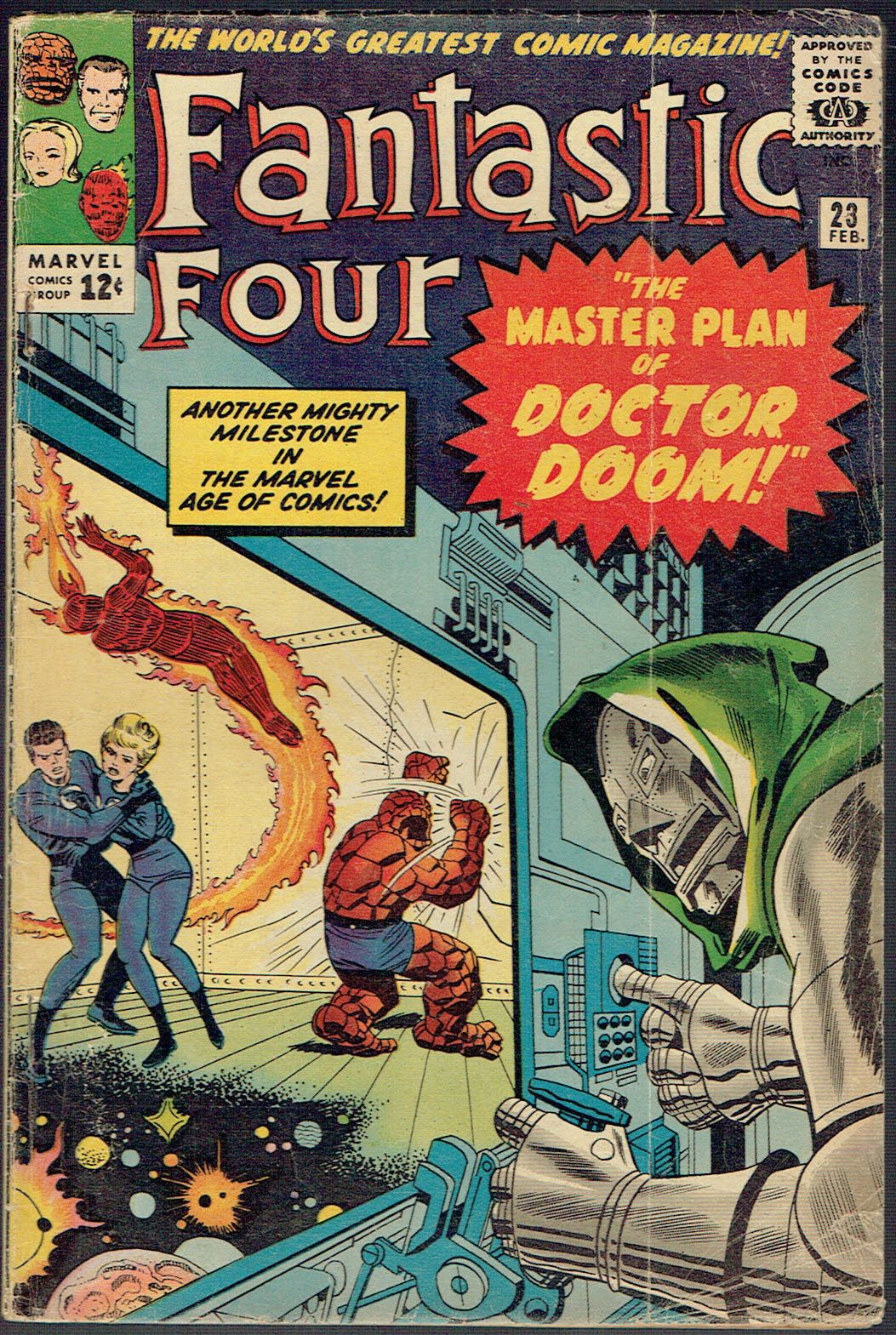As I talked about in my earlier pieces about Steve Ditko's work at Marvel in the 1960s, Ditko was the main plotter of both Spider-Man and Doctor Strange right from the start of both features. Heck, Ditko literally just drew the first Doctor Strange story and handed it to Stan Lee and effectively said, "Here's a new character" and then Lee came up with the name of the character and then did the dialogue for that first story.
Ditko was irritated at the lack of credit for the fact that he was increasingly coming up with the plots of the stories by himself, so eventually, Stan Lee capitulated and noted that Ditko was the plotter of the Amazing Spider-Man issues that they worked on together.
RELATED: The Marvel Monsters of Steve Ditko
Around that same point, Lee and Ditko actually stopped speaking to each other and Ditko would plot the books entirely by himself and just send them to Stan Lee with notes so that Lee could add dialogue to the pages (of course, there would still be notes back to Ditko from Lee through intermediaries to make certain corrections).
At the same time, Jack Kirby was doing the exact same thing with the Fantastic Four. Kirby was coming up with whole issues, drawing them and sending them to Stan Lee with notes, but Stan Lee would then just dialogue as he saw fit. This often meant that Kirby would have to change the plot of the NEXT issue since Lee would make a change via the dialogue that would alter the direction of the story. The most notable example of that is probably when Kirby came up with a group of Objectivst scientists who decided to make the perfect man, only the perfect man then couldn't stand them because they were "objectively" beneath him, since he was perfect. Lee changed them to just generic mad scientists trying to create the perfect man as a weapon.
In any event, Ditko and Kirby were the exceptions to the rule, in the sense that they just went off and did their own thing and then Stan Lee would add dialogue. Lee tended to do more collaboration with the other Marvel artists that he worked with.
However, that basic concept, to a much lesser degree, is what we now call the "Marvel Method."
The Marvel Method of writing a comic book involves a comic book writer coming up with a plot for a story, whether by himself or with an artist, and then the writer gives that plot to the artist, who decides how to implement that plot in the standard amount of pages allotted them. Then the writer comes in and adds dialogue to the story. As you can obviously tell, this would allow a single writer to work on a whole bunch of stories at once, as he could be plotting one book, scripting another while the artists are out there laying out a couple of other books.
It is a novel idea, but how did it actually come to pass at Marvel Comics? And what role did Steve Ditko play in its implementation?
Page 2: [valnet-url-page page=2 paginated=0 text='The%20Marvel%20Method%20Begins!']
When Joe Simon and Jack Kirby launched Captain America, they would collaborate on the comic together but it soon became so popular that they had other writers and artists working for them.
Then they left Timely Comics (now Marvel) and went to National Comics (now DC).
Once at National, the two mostly just worked with each other and it was here that they basically developed their own equivalent of the "Marvel Method." Kirby was so prolific that Simon would often script and ink Kirby's many stories while also writing and drawing his own stories, as well. The two men would plot together, but it was mostly Kirby who drove the plotting of the stories. For instance, if it was drawn by Jack Kirby, Kirby almost certainly plotted it, as well. If it was drawn by Simon, there was a good chance that Kirby ALSO had a role in plotting it. Simon wrote and drew, of course, but Kirby was so fast that it was just easier for Simon to script and ink Kirby's work to keep the pages flowing.
They eventually expanded and included other creators, but still, the main point is that Jack Kirby plotted pretty much everything he did from the time that he went to National Comics to when he was forced to go work for Atlas Comics in the 1950s after Kirby and Simon's partnership broke up in the wake of the huge comic book collapse in the years after the institution of the Comics Code.
RELATED: The Most Communicative 'Recluse' Around: Letters From Ditko to Fans
Therefore, when Stan Lee got Jack Kirby to work for him in the late 1950s, he was not about to start telling Jack Kirby, one of the biggest names in the entire comic book industry at the time, that he had to follow scripts from Atlas writers. Lee was thrilled to have Kirby working for him period (it is possible that Lee also began doing a similar thing with his previous star artist, Joe Maneely, who tragically passed away in 1958). The only reason he even got him was because Kirby had a falling out with Jack Schiff at National, or else Kirby clearly would have remained there. Plus, the downturn in the comic industry led to cutting back on the amount of writers at Atlas anyways, so Lee likely was thrilled with having someone who could draw a comic without a script to go by (I am sure that there were a few Kirby stories in the Atlas/Marvel anthologies that Kirby wrote by himself just flat out, but I bet he worked with Lee on plots on a lot of them).
Here's where Ditko comes in. It is one thing for Jack Kirby to work this way. Again, he was one of the biggest names in the industry and had been doing this sort of thing for nearly twenty years at this point in time. The guy was an institution.
However, Ditko was still relatively early in his career when he finally started working steadily for Marvel in 1959. Ditko has noted that he was never given a script in those days, but that he also did not script the books himself. We don't know for SURE who then came up with the plots for those stories, but it was most likely Stan Lee himself, who was very interested in Ditko's work (much more so than his non-Kirby artists of the era). Clearly, Ditko had shown from his earlier work in the 1950s that he was someone who could be trusted to lay out a story on his own. Here's one of his early stories upon his joining Marvel full-time in late 1958/early 1959...
So for a few years, Kirby and Ditko worked "Marvel Method" on all of their horror stuff for Marvel. Then Marvel slowly started doing superheroes again. And once again, Kirby and Ditko worked "Marvel Method" on these stories.
And, sure enough, the comics that they worked on with Stan Lee were also the best comics Marvel had at the time.
Thus, to Lee, they were proving the effectiveness of the "Marvel Method."
Lee had other writers working on the lesser superheroes like Ant-Man and Iron Man and Thor that were done by artists who did not work in the "Marvel Method," like Don Heck and Dick Ayers (plus the humor magazine artists, like Stan Goldberg), but then, around 1962/1963, Lee got rid of those writers and began writing all of those books himself, with those artists all moving over to the "Marvel Method" as well (which was a pretty crazy thing for all of them to get used to at once). It changed Marvel for decades.
Lee then wrote nearly all of Marvel's output in this format until he finally started laying some titles off to writers like Roy Thomas and Denny O'Neill in 1965 and 1966.
And much of it was owed to Steve Ditko proving that someone other than Jack Kirby could work this way.
Okay, I have, like, ONE more topic that I'm going to cover unless some of you have an idea for a Ditko retrospective that I haven't covered yet (feel free to hit me up at brianc@cbr.com if you do). At that point, I'll make a post containing links to all of these Ditko retrospectives. I have no idea what I will call that collected piece. "Steve Ditko: A CBR Retrospective," maybe?

